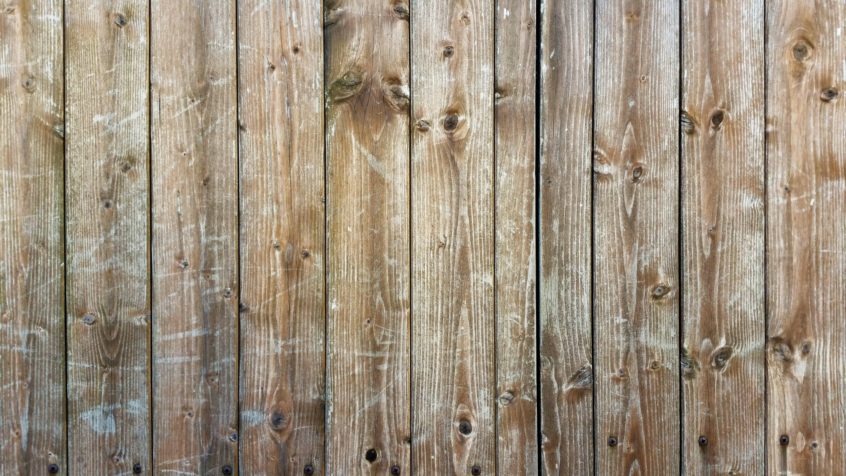Thinking about getting some wood fencing? Great choice. Most people would agree that wood fencing is the best-looking fencing material there is.
Now, which type of wood were you thinking, pine, cedar or redwood?
You’re not sure? Well, it depends on your particular fencing needs.
Do you the most durable option or whatever’s cheapest? Or would you prefer something between the two?
Sorry, we hope we didn’t overwhelm you. In fact, we’re going to help you decide.
We’ve written the following guide to help you choose which type of wooden fence is best for your needs. Learn all about your various wood fencing options below so you can make an informed decision.
Redwood: The Highest Quality Choice
There are a lot of good reasons why redwood is your most expensive wood fencing option. First and foremost: it’s unbelievably tricky to harvest. Redwood trees have to grow for 50 years before they are useable.
Second, it’s both fragrant and gorgeous. And it’s soft to the touch. It’s literally pleasing to as many of your 5 senses as you’re willing to test it on.
Lastly, it’s the heartiest wood you can buy. It contains more of the naturally insecticidal tannins than cedar (your second best wood fencing option). And, it’s 23% harder than cedar, according to the Janka hardness scale.
However, as we said, it’s very expensive. While redwood is, by far, the best and longest-lasting wood choice, you’ll need a very large investment up front.
Pine: The Budget-Friendly Choice
On the other end of the wood fencing spectrum is pine. As you may have guessed, this means pine is the cheapest choice, but also the weakest.
It’s a very light wood, not very hard, either. And it breaks fairly easily.
It’s also not a naturally attractive wood. You’ll definitely want to paint your fence if you go with pine. But it will give your yard that pleasing, Christmas tree aroma.
Unlike redwood and cedar, pine also isn’t naturally resistant to insects or deterioration. However, pine is pressure-treated to become so artificially.
In the long run, though, your pine fence is going to last, at most, 15 years. That’s about half as much as cedar and far less than redwood.
But, as we said, it’s the most affordable option there is. As such, depending on your budget, it may be your only option. Plus, this does make it a good choice for a fence you’re suddenly forced to build or a quick patch job on an existing fence.
Cedar: The Perfect Middle Ground
And now we have our perfect middle ground: cedar. It’s nowhere near as flimsy as pine or as expensive as redwood.
It’s naturally attractive, fragrant, insecticidal, hard, and durable—almost as much as redwood. But we reiterate: even with all these benefits, it’s still so significantly cheaper than redwood. Cedar may be the second-best in quality, but, considering the price, it’s easily the best choice for most people.
Cypress: A Regionally-Specific Alternative to Cedar
Cypress has features similar to cedar. It’s attractive, hard, bug-resistant, fragrant, all that. The price, however, usually depends on where you live.
Cyprus is, after all, native to the southern U.S. region. Depending on where you live, this could increase the price due to long-distance shipping.
Which Wood Fencing is Best For You?
Well, that covers your most popular wood fencing options. Which one is best depends on your needs.
Thankfully, with this guide, you now have the knowledge you need to make that decision. So, remember this guide when picking out wood fencing.
Now, check out 5 Styles of Wooden Fencing You Need to Know About.

